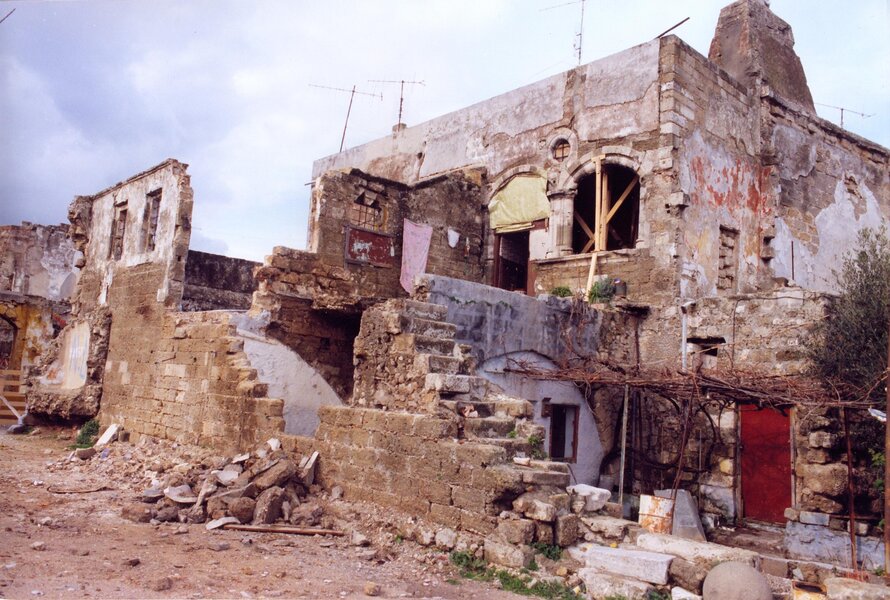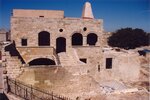Hospice of St. Catherine, Rhodes
The Hospice of St. Catherine is located in the former Jewish quarter in the medieval part of the city of Rhodes. Intended for the exclusive use of eminent visitors to the island, it was built in 1391-1392 by Domenico d'Allemagna, the Italian Admiral of the Knights Hospitaller. In ...
Read more
Project details
| Title: | Hospice of St. Catherine, Rhodes |
|---|---|
| Entr. year: | 1997 |
| Result: | Diploma |
| Country: | Greece |
| Town: | Rhodes (Dodokanissos) |
| Category type: | architectural heritage |
| Building type/ Project type: | residential building |
| Former use: | Hospice; school |
| Actual use: | Heritage Centre, cultural attraction |
| Built: | 14th century |
| Architect / Proj.leader: | Katerina Manoussou Della, Architect (Rhodos - GR) |
| The Jury's citation: | For the careful and sensitive restoration of the medieval hospice and its annexes and the meticulous research needed to bring it back to original appearance after many centuries of neglect and menial use, and for the educational initiative developed by saving the finds and interpreting the results of the work. |
| Web, Links: | www.rhodesprivatetours.com/st_catherine_hospice.htm |
Description:
The Hospice of St. Catherine is located in the former Jewish quarter in the medieval part of the city of Rhodes. Intended for the exclusive use of eminent visitors to the island, it was built in 1391-1392 by Domenico d'Allemagna, the Italian Admiral of the Knights Hospitaller. In 1480 the complex was severely damaged during the Ottoman siege, and later by a heavy earthquake. Another Italian, Constanzo Operti, admiral of the same order, reconstructed the Hospice, which was finished in 1516. After the conquest of Rhodes by the Ottomans in 1523 it passed into Jewish hands. It was used for several purposes, such as an industrial complex and a school for girls, until it finally became the private residence of a prosperous Jewish family. In 1944 almost all Jewish families of Rhodes were deported. Shortly after that Allied bombing heavily damaged the quarter, the Hospice, although not unscathed, being one of the surviving buildings. It then fell gradually into disrepair, as the home of sixteen poverty-stricken families of squatters: poor additions and auxiliary structures were added and rubbish gradually accumulated. When, in 1986, deterioration had reached a critical point, it was decided to restore the complex. All recent additions and layers of rubbish were removed and archaeological excavations started, revealing much of the history of the Hospice and its surrounding area from the Hellenistic period onwards. A thorough structural and historical survey followed, resulting in the decision to use the early 16th century form of the building as the main guideline for its restoration. Surveyed by an independent scientific committee the actual work commenced: medieval masonry and architectural features were extensively restored, timber roofs were treated and reinforced, painted ceilings and decorate pebble mosaic floors were conserved. With the addition of a limited number of reversible new elements the Hospice was converted into a Heritage Centre.
Similar projects
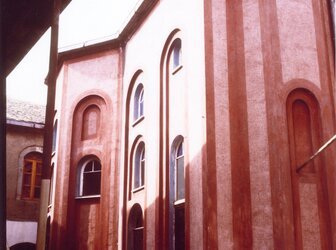
early 17th century
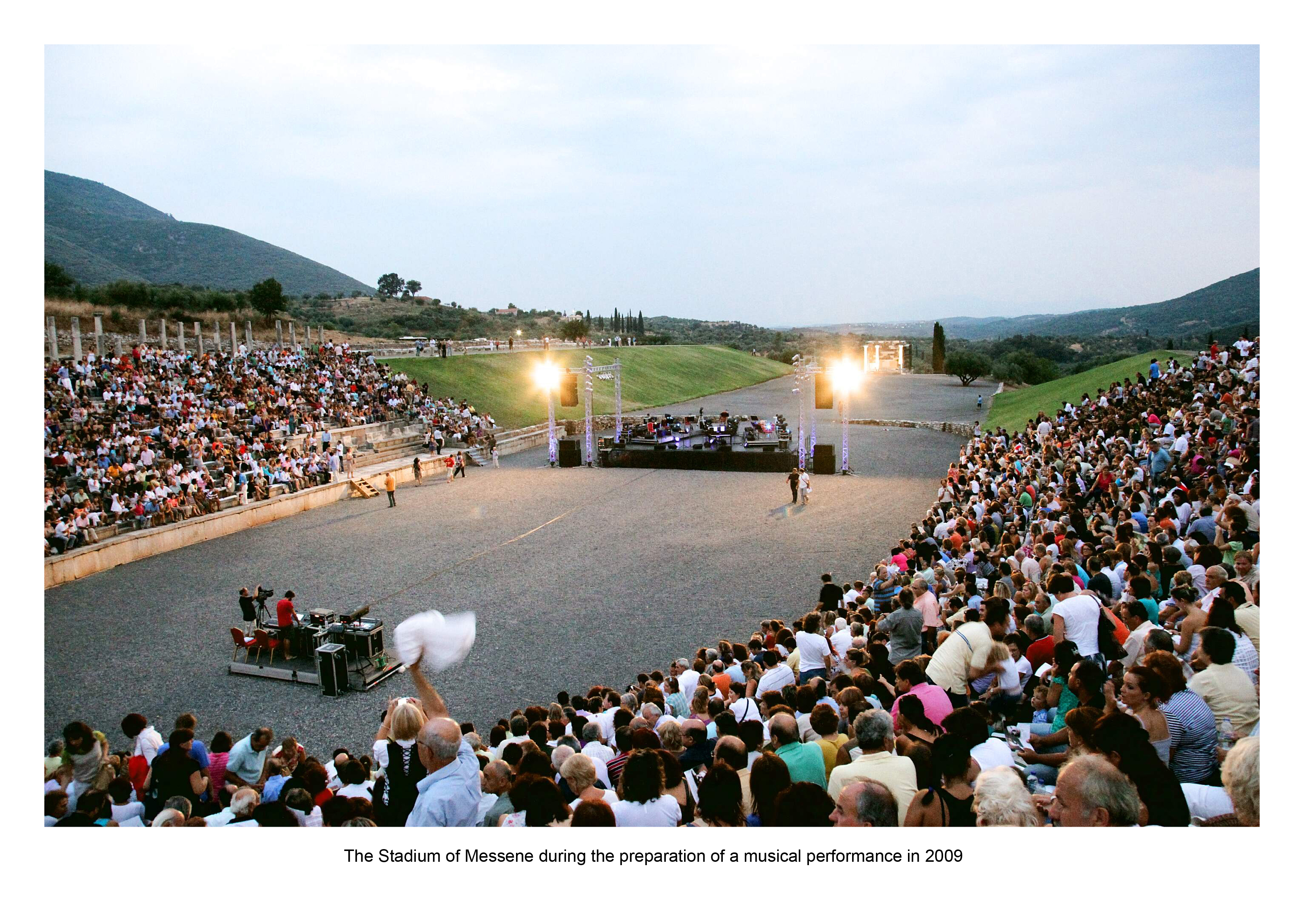
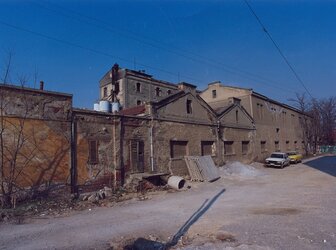
20th century
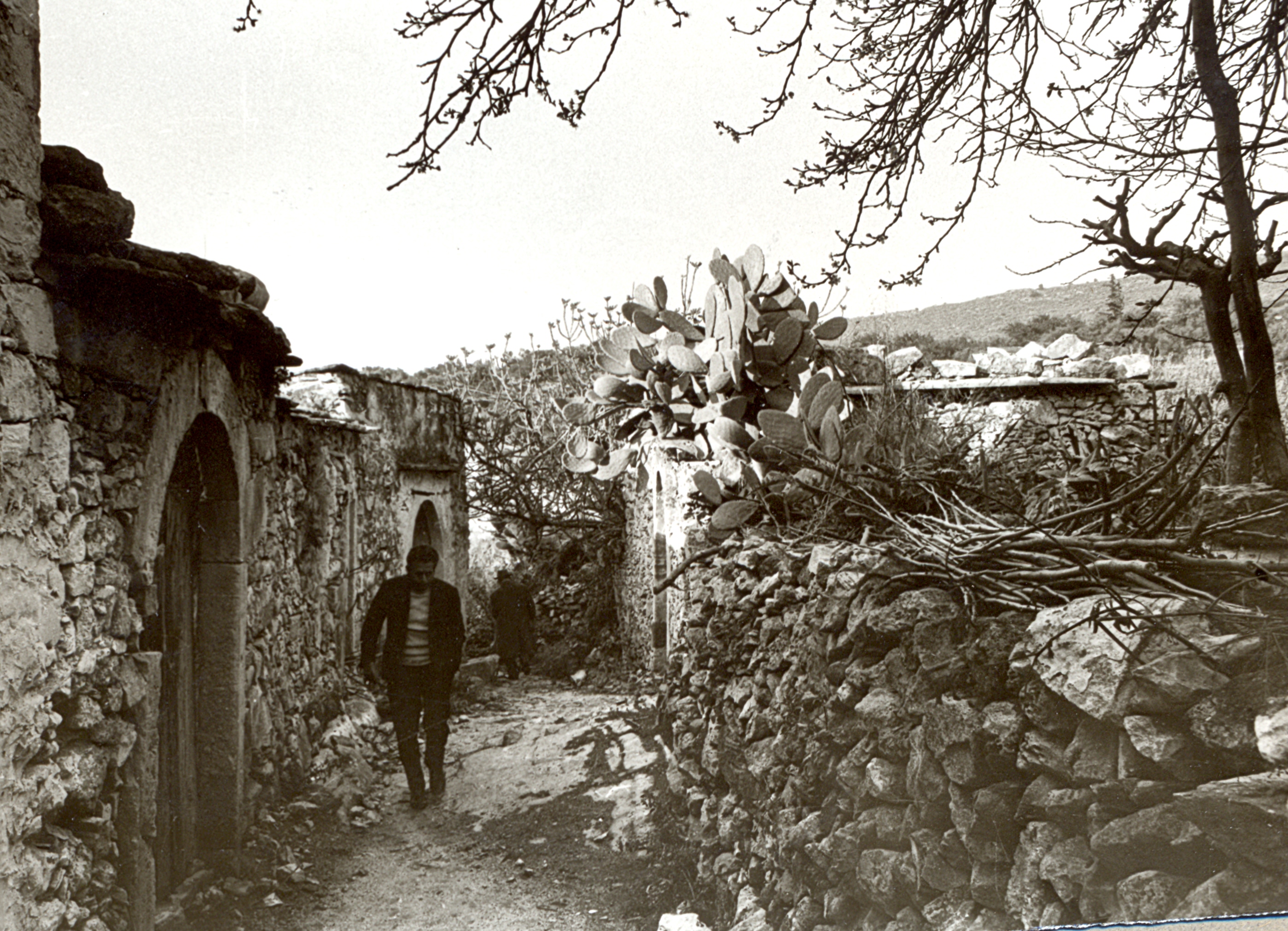
17th century

12th-19th century
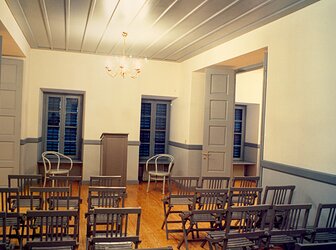
19th century
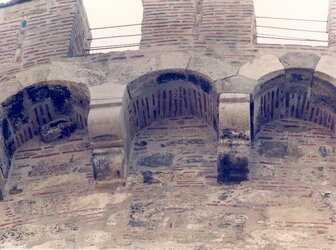
16th century

19th century
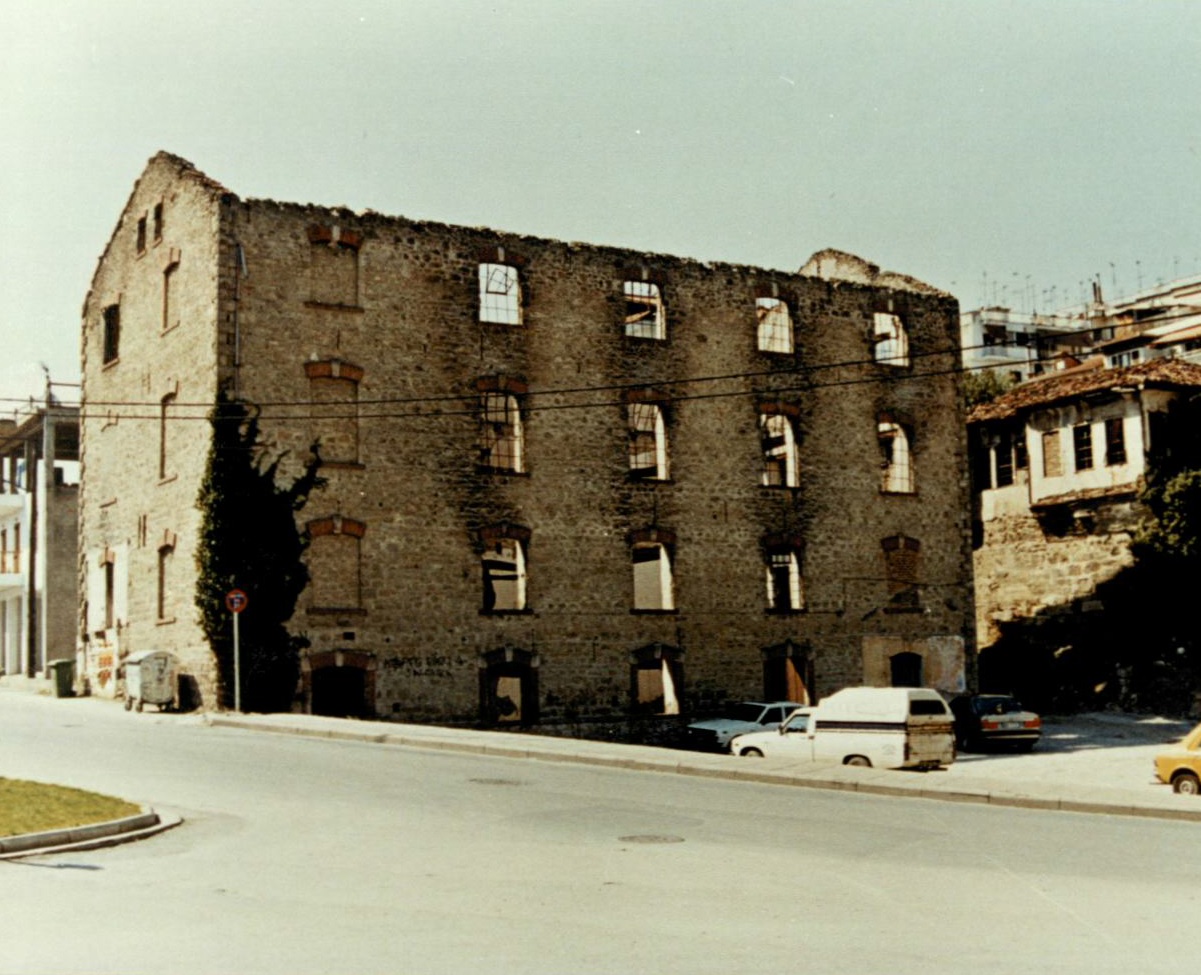
1911
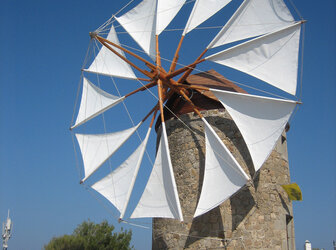
1588 - 1863
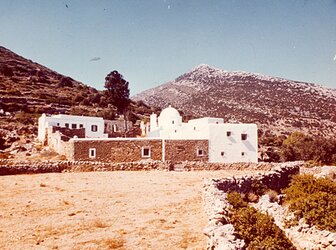
18th century
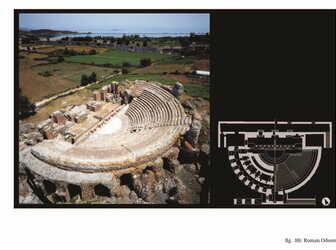
31 BC
